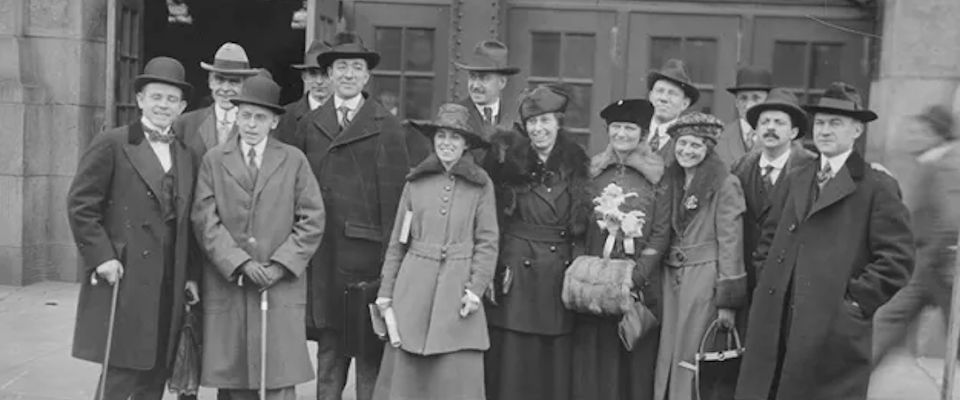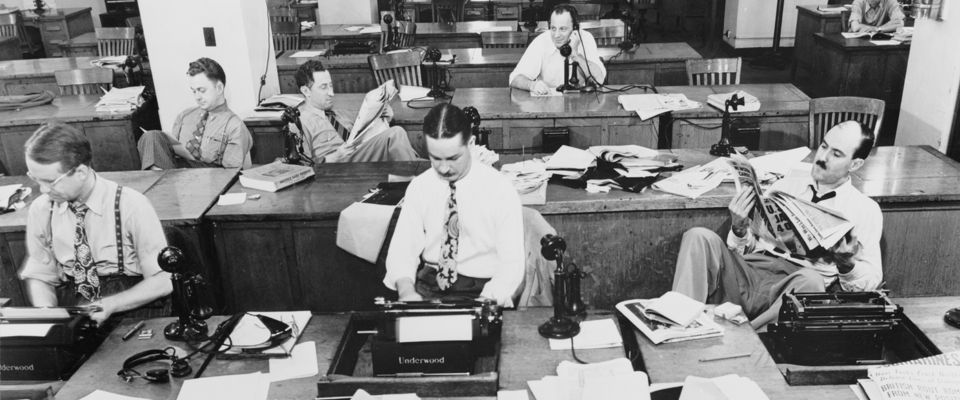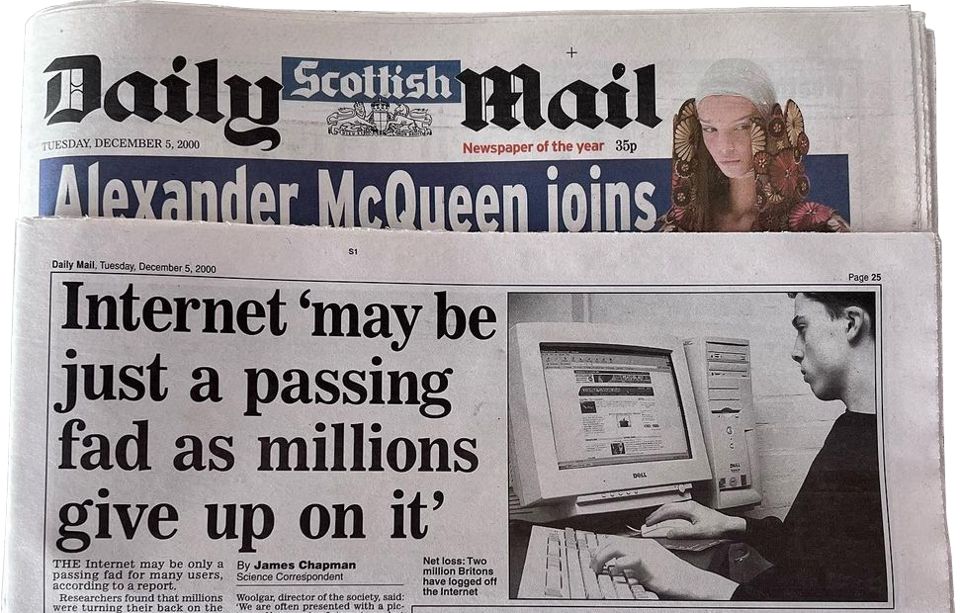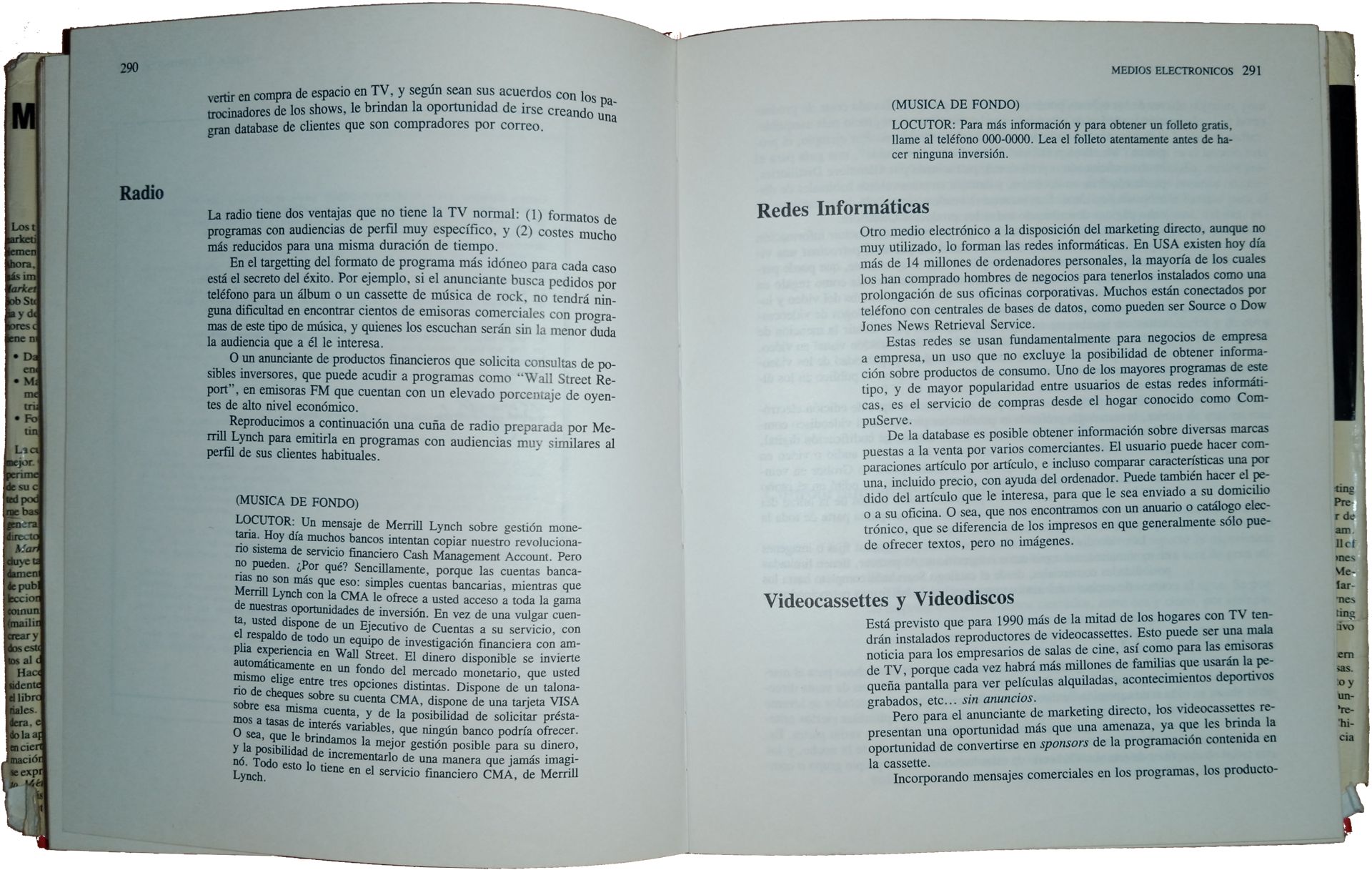In 1923, Dr. Edward L. Bernays Freud, considered “the father of public relations”, presented to the general public the general lines and principles that would shape, from then on, the new profession of Public Relations consultant. But Dr. Bernays did not invent anything that did not already exist; as he himself acknowledged, he limited himself to a compendium of studies, findings and observations of psychologists, sociologists and journalists on the psyche and habits of the public, which he considered to be “as old as society itself”.
Technology and media change, but the fundamental psychological factors, mechanisms and stimuli involved in people’s and consumers’ behaviour remain almost unchanged. What changes are the habits of the public, which evolve at the same pace as the technological cycles. For example, we are all aware of the need to provide others with a value that differentiates us. Thus, just as the fisherman tries to reach port first in order to offer an opportunity value and consequently a better price, it is in the unchanging psyche of any journalist to try to offer his audience quality, new and exclusive information. Therefore, the only thing that has changed at the dizzying pace of technology is the profiles and habits of journalists, not their motivation.
In order to express the concept more clearly, let me give a bit of history:
At the beginning of 1993, there were no more than 50 PR agencies in Spain. At that time, Intel was marketing its 486 (80486) processor in our country, and in March, it presented its legendary Pentium to the world through the media. Microsoft, for its part, launched Windows 3.11 (Snowball), two events that for many would mark the true beginning of the computer revolution; in other words, easy, fun, intuitive and inexpensive computing for everyone.
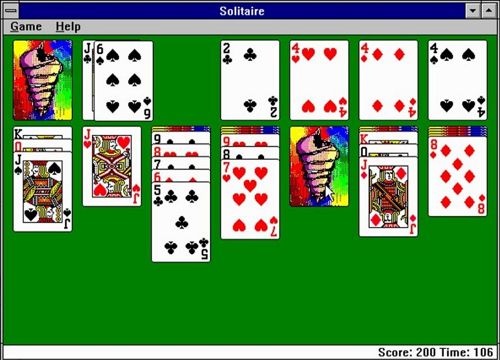 Despite this, many of those fifty agencies still used the traditional method of sending the press release by post. Others of us used the fax technique (with a personalised cover page using a pencil and a lot of eraser) combined with a telephone conversation and, where appropriate, post for sending slides. After losing two faxes in the line of duty (I still think that the eraser residue had something to do with it), we decided to go for automation, and this came in the form of WinFax PRO 7.0, which took away some work, but in return it played tricks on you from time to time; the collateral effects of automation.
Despite this, many of those fifty agencies still used the traditional method of sending the press release by post. Others of us used the fax technique (with a personalised cover page using a pencil and a lot of eraser) combined with a telephone conversation and, where appropriate, post for sending slides. After losing two faxes in the line of duty (I still think that the eraser residue had something to do with it), we decided to go for automation, and this came in the form of WinFax PRO 7.0, which took away some work, but in return it played tricks on you from time to time; the collateral effects of automation.
You may wonder why we didn’t use the Internet, because for a communication system to be effective, it must be used by both the sender and the receiver of the information. And in 1993, while the Jaime I University was installing the first public Web server in Spain, it was estimated that there were only 10,000 computers that occasionally connected to the Internet, at a connection speed of no more than 2Mb/sec. Sending an e-mail then would have been less efficient than sending a fax today (although you never know, we would have to try and see what happens).
It was in 1995 when an incipient World Wide Web began to gain followers and some journalists, mainly technology journalists, began to demand information via e-mail. Very gradually, the rest of the profession adapted and incorporated this new technology which, among other advantages, allowed them to work on an initial text in electronic format, instead of having to “chop” all the content. Sending the images at high resolution for printing took longer, those 14.4k and 28.8k fax modems took forever and the connection time was paid for at the price of a local call.
As far as our clients were concerned, until around the year 2000, they had it very clear: “don’t even put that Internet stuff in my press-book…”. Without going any further and anecdotally, after much effort, in 1995 we achieved our first publication on the Internet, which was a real milestone for us. When we proudly showed it to the client, he looked at us with a face of neither understanding nor wanting to know about it; we didn’t even manage to arouse his curiosity. Although, to his credit, I must admit that the plain, unformatted text left a lot to be desired when printed.
From the year 2000 onwards, we all know what happened. Once the “Y2K” paradigm was exhausted, the Internet went from meaning nothing to being considered Jauja or “El Dorado” of the 21st century. The bubble was oversized to unsuspected extremes and in 2002 it deflated in what became known as the “Great Tech Bluff”. Yes, indeed, for a few, Y2K was the last “August” of the twentieth century and the great Bluf, the first “buck” of the twenty-first century, but as always at the expense of many who had to lose.
It is from then on that the Internet began a sustained development that has taken us from 1,931,000 (5.6%) people over 14 years of age, who declared having connected to the Internet in the last 24 hours in the year 2000, to the 35,403,000 (86.1%) who did so in 2022. And from an average use of 5.5 minutes a day, to the more than 3 hours (219.5 minutes) we spend on average today.
The Internet has become a parallel reality, where all the traditional media -televisions, radios, newspapers, magazines- coexist with others that have recently appeared, such as blogs, social networks…; and where all communication techniques come together: advertising, public relations, direct marketing (online sales, lead generation programmes…), promotional marketing, personal communication…
In this context, it is obvious and obligatory to recognise that this exponential development of technologies has transformed and is transforming information consumption habits and, therefore, also the tactics, methods and techniques that are available to public relations professionals in order to carry out their functions effectively. A transformation that brings with it new risks, but also, and above all, more and better opportunities:
We live in an increasingly global world and, therefore, we must consider that we work in the world market for information in Spanish. The information strategy implemented in Spain is valid in any of the Spanish-speaking markets and, in fact, it is of a shared nature; it is impossible to restrict information to a single market. Information travels freely from west to east in a day, and from east to west in a few hours, with all the risks and opportunities that this entails.
We live in a more competitive and technological world, which allows us to use all kinds of resources, human and technical, to increase the quality of our information offer and adapt it to the interest, tastes, format and availability of each of the target groups we address. Videos, audio, texts… allow us to offer information adapted to each device, availability, interest, place of access…
We live in an increasingly open world, in which the ability to inform broad sectors of society and influence their perception of reality is not limited to a few media groups. The “celebrities” who once needed the projection of the mass media to reach the general public, have become “influencers” who have their own channels to reach the public directly and increase their projection through the traditional media. Any individual has free technology at their fingertips, which allows them to develop their image and generate their own environment of influence.
But we also live in a less “plausible” world, in which we do not have reliable information that allows us to know the real projection and penetration of each of these new information initiatives. We are obliged to believe the data offered by the platforms that support them. Platforms that, naturally, have an interest in making these data appear outrageously positive.
In 1988 Bob Stone pointed out in his book “Direct Marketing Methods for Success” that, like many of today’s e-commerce and digital marketers, most people starting out in this marketing discipline thought it was enough to be creative and innovative.
– Knowing where we come from gives us the necessary perspective to understand that Internet communication techniques are not a new phenomenon that arose spontaneously, but a logical evolution of traditional techniques, in their adaptation to the new technological environment.
– Knowing where we are allows us to adapt the experience accumulated by many professionals to this new reality.
– And sensing where we are heading allows us to occupy privileged positions to take advantage of new opportunities.
In the same book, I insist, published in 1988, Bob Stone already focused on the future of electronic media, referring to computer networks and CompuServe, the first social network to offer telematic services in the United States, even before the Internet appeared.
Jaime Ávila Rodríguez de Mier
General Director of Recursos de Mercado
Published in the magazine:
